How are those beautiful flower arrangements fixed?
Today I want to introduce you to a flower arrangement tool.
Let's first appreciate a group of flower arrangements and see if you can find anything:
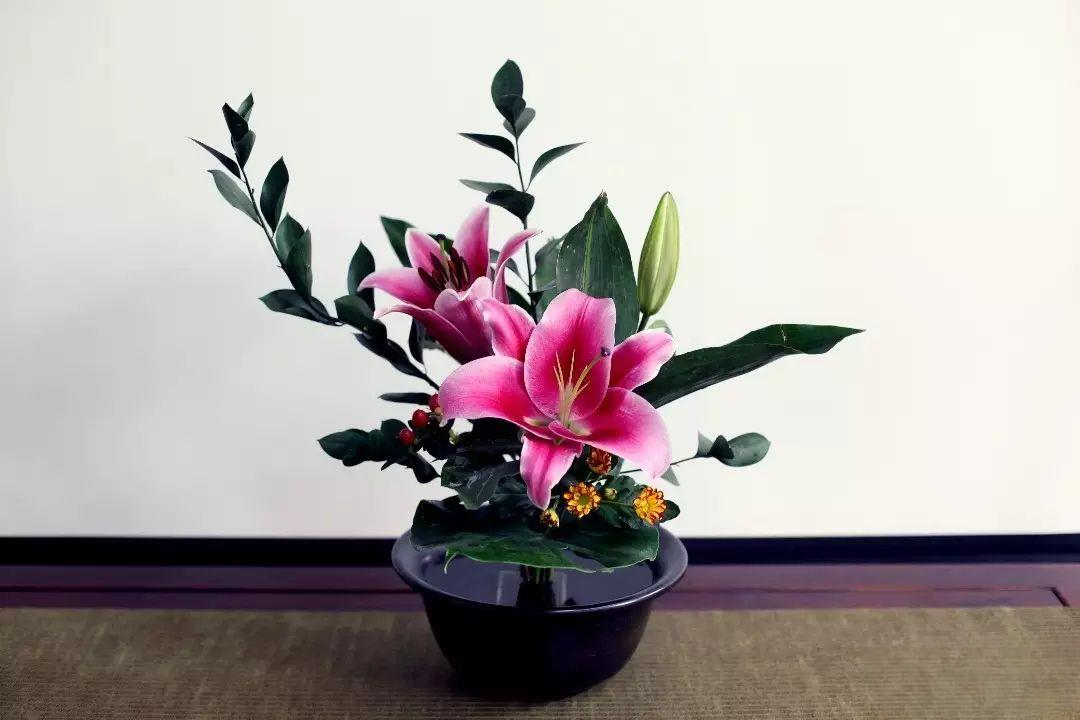
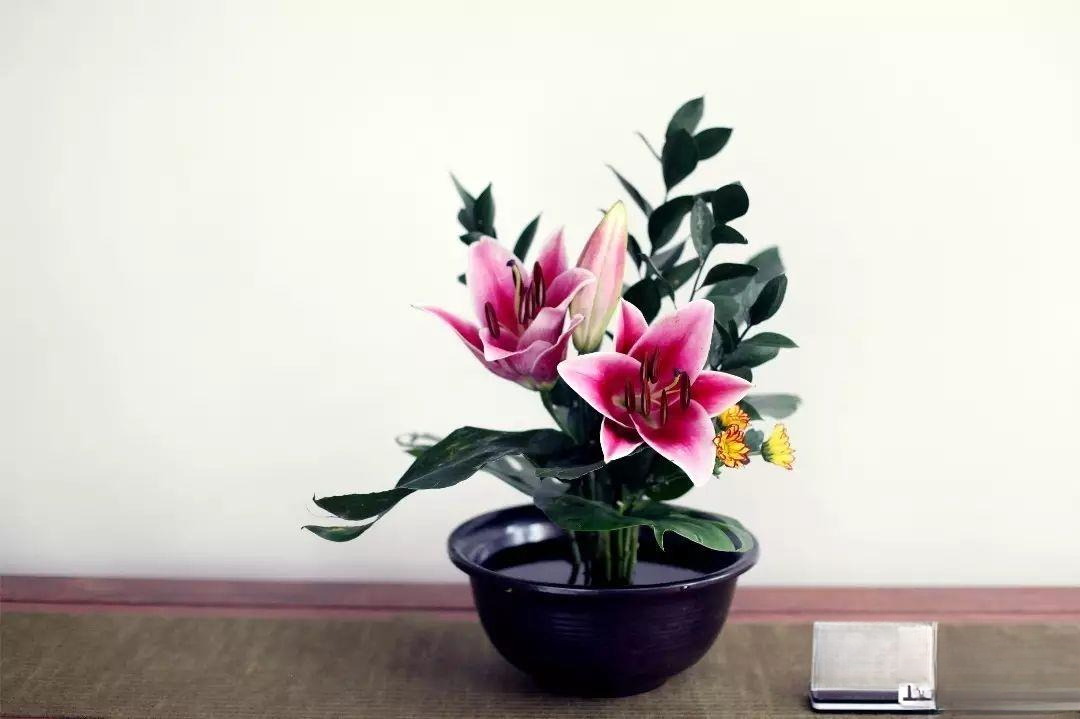
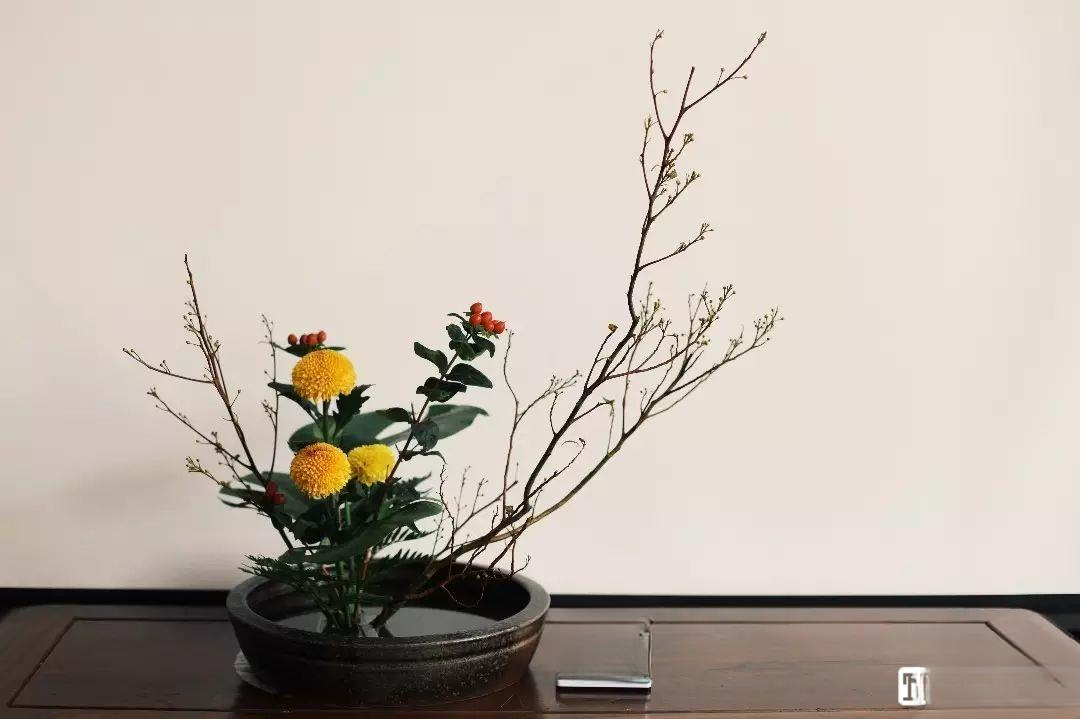
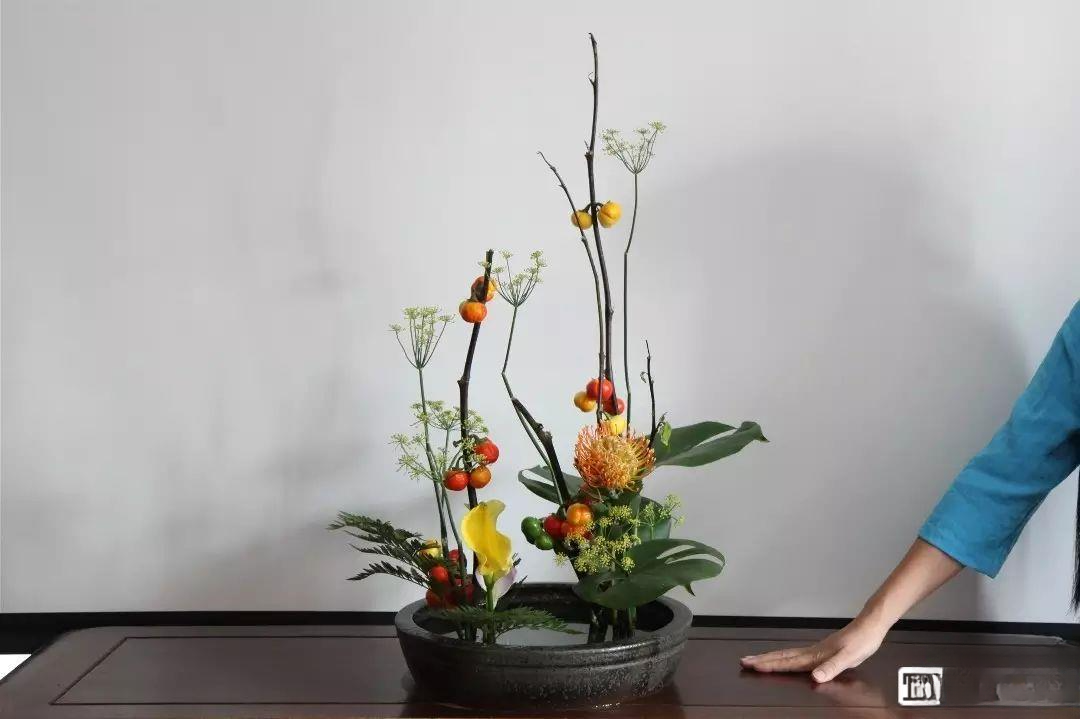
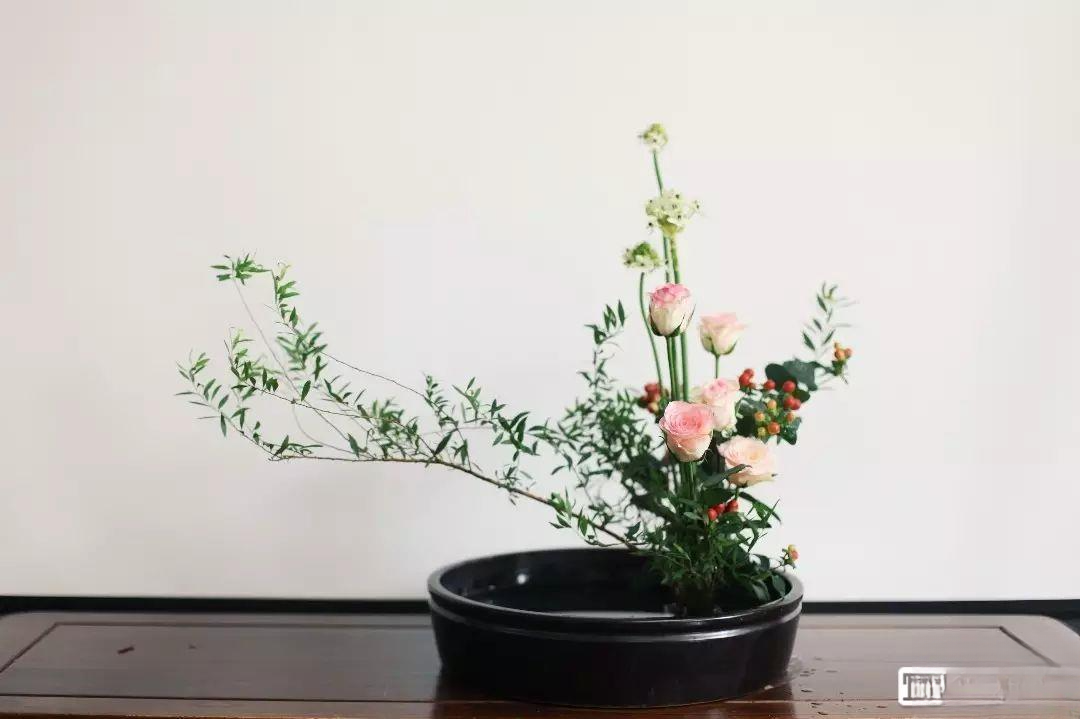
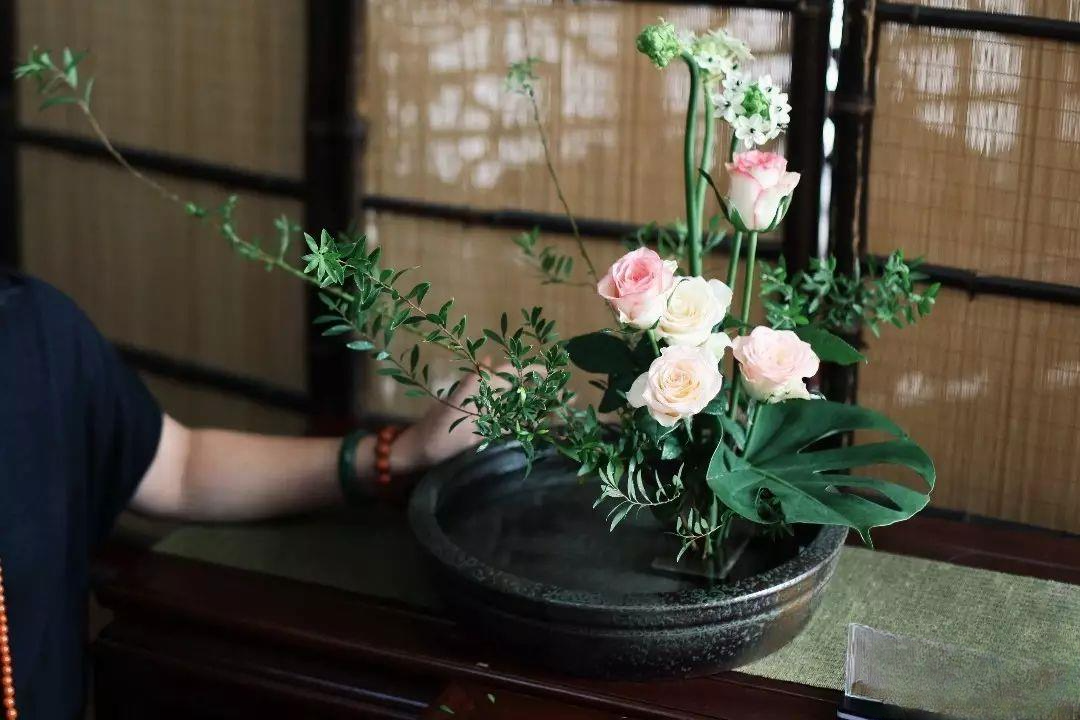
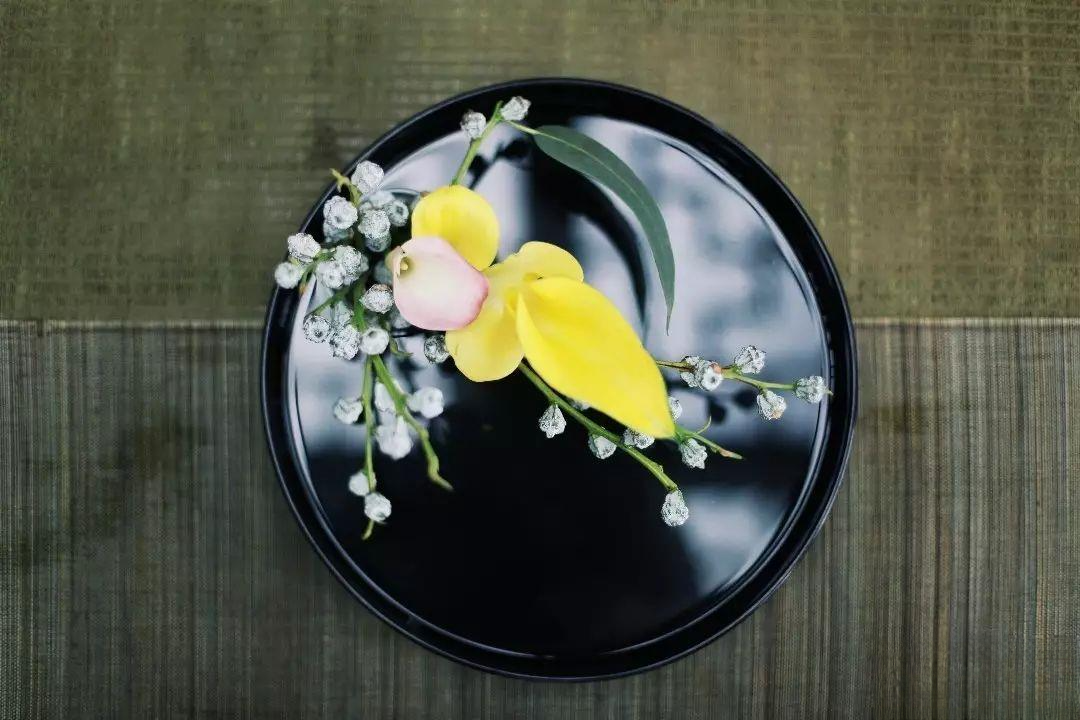
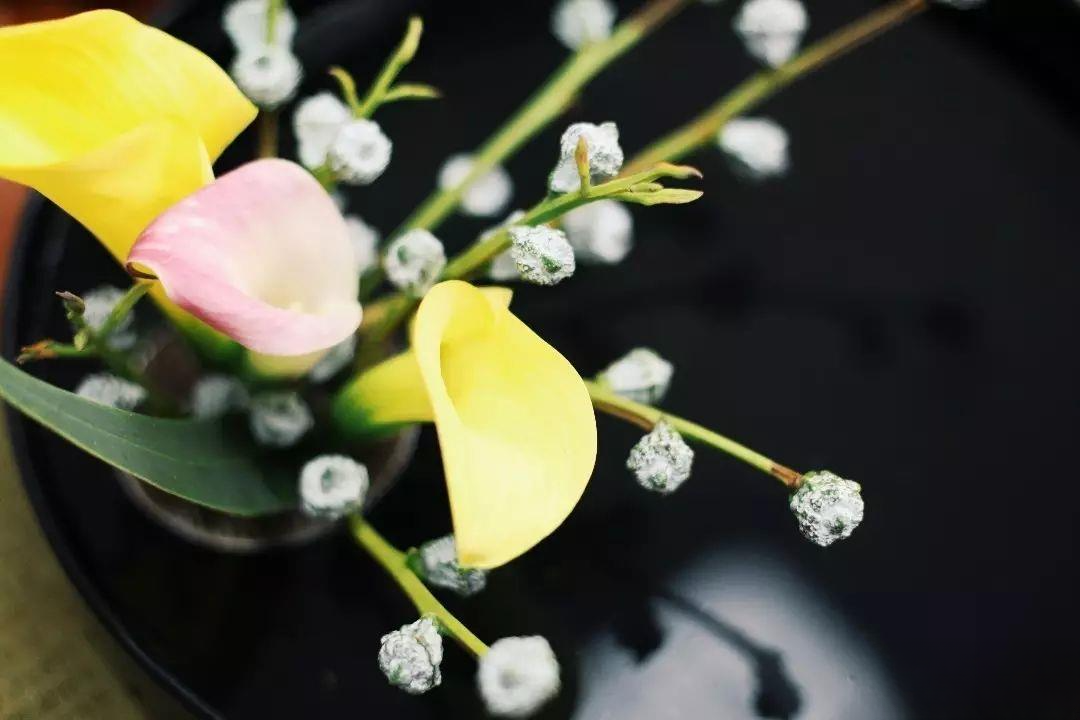
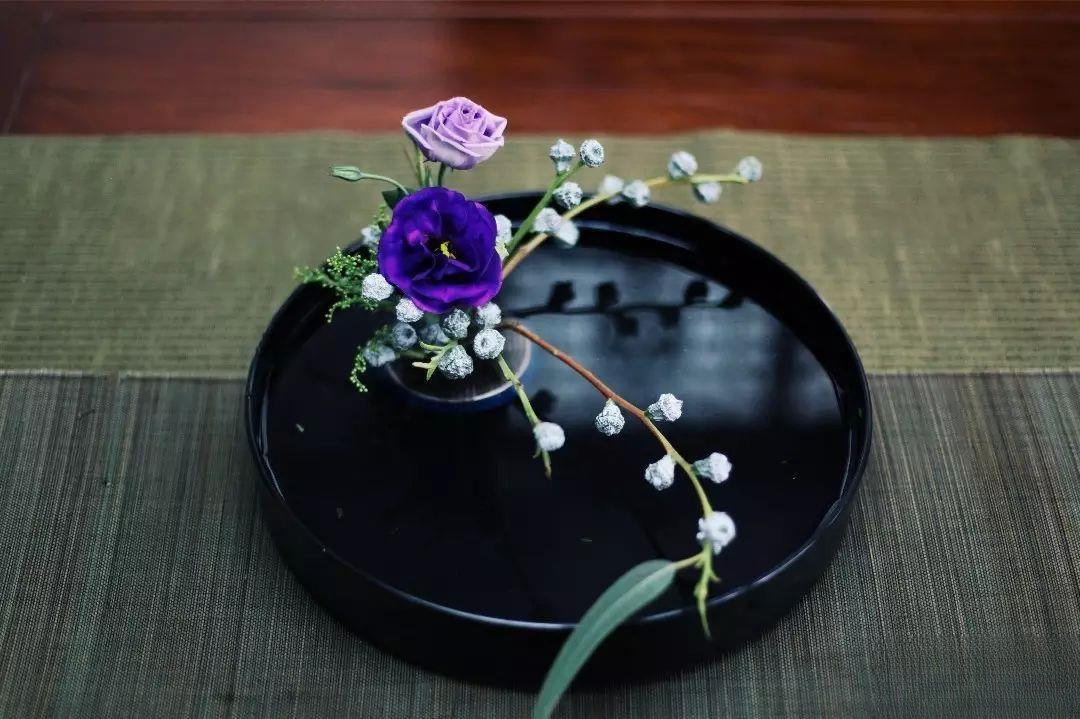
May I ask: How are these artistic flower arrangements fixed in the vases?
It relies on the tool for fixing flowers - Jianshan, let's get to know it together~
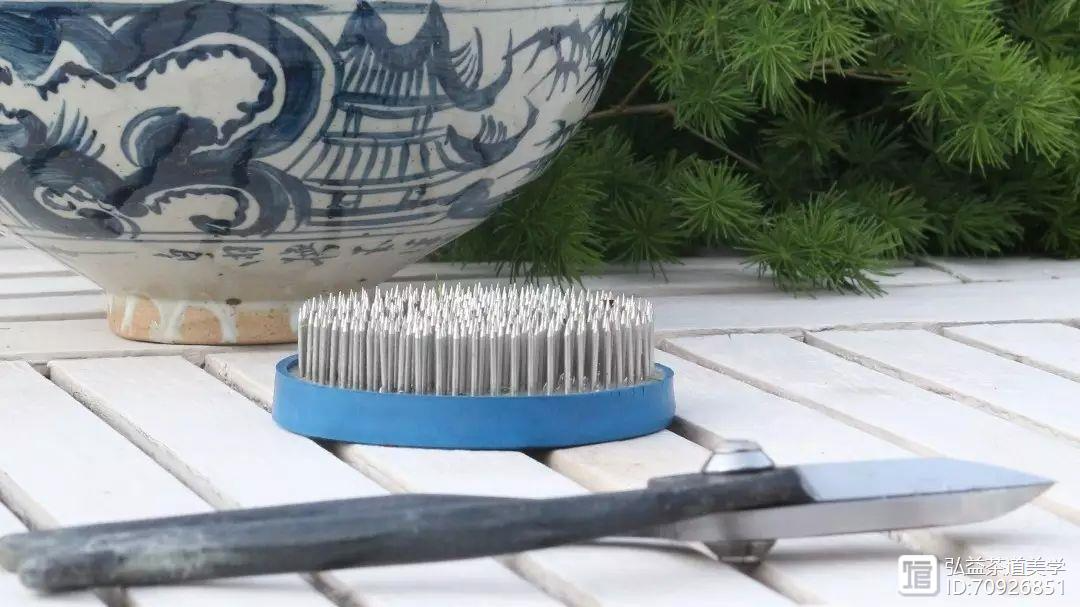
【Jianshan】
Jianshan, as the main tool for fixing flowers in oriental flower arrangement, is used in all schools of Japanese flower arrangement and Chinese flower arrangement. It is mainly based on an alloy base, on which there are pointed copper or alloy needles arranged in a regular and spaced manner.
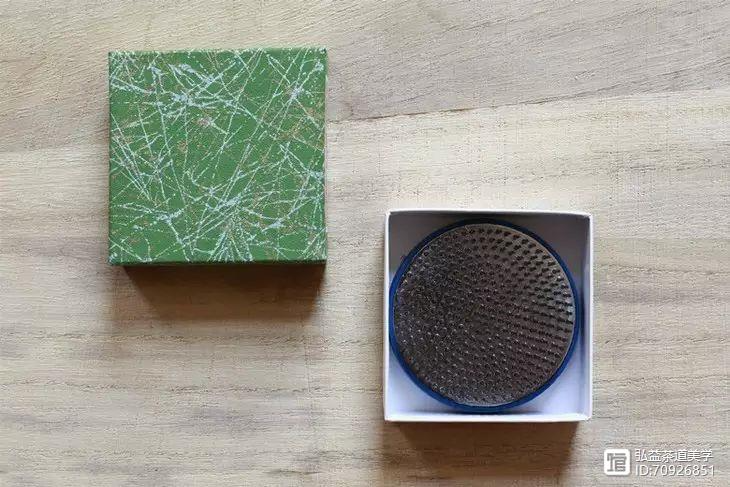
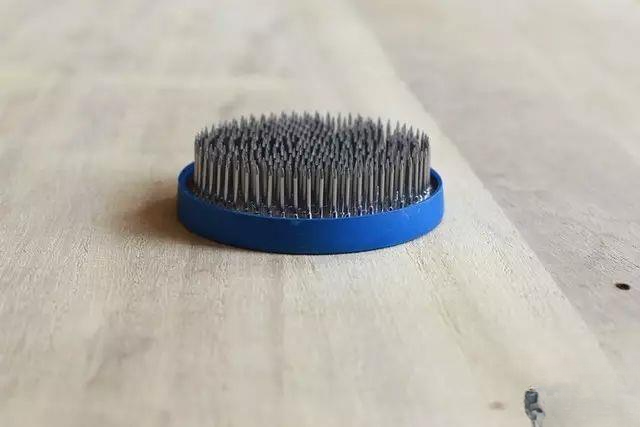
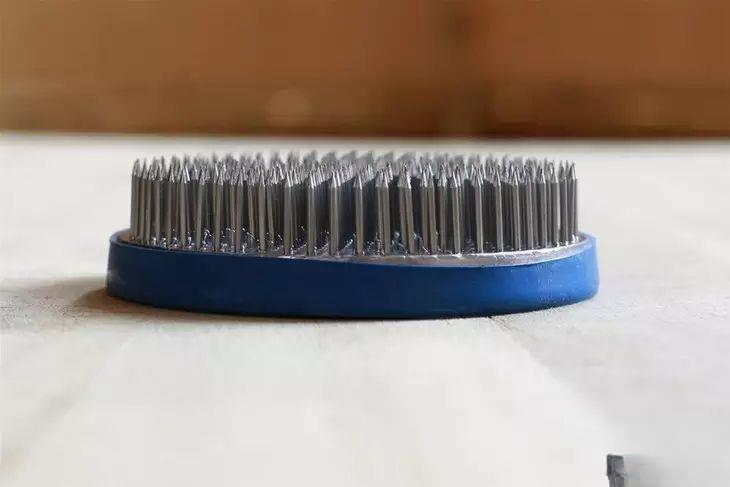
【Detailed description of Jianshan】
"For basins, bowls, and dishes, use bleached rosin, elm bark flour and oil, first boil with rice ash, collect the glue, press the copper sheet on the nail upwards, burn the paste, and stick the copper sheet on the plates, bowls, and dishes. Wait until it cools, then tie the flowers with wire and insert them on the nails." This is the earliest record of the fixing tools for flower arrangement by Shen Bai in his "Six Records of a Floating Life". It can also be said that this is the previous life of "Jianshan".
"Jianshan" is a special branch for oriental flower arrangement. Guo Jiangzhou invented the "Zhanjing Plate" in the Southern Song Dynasty. After that, flower arrangers continued to seek changes and explorations to produce the prototype of Jianshan. The Zhanjing Plate is also considered to be an early form of Jianshan. The original form of "Jianshan" we use now began in the early Qing Dynasty. The most popular method in the Qing Dynasty was to place a copper disc in the center of the bottom of the flower vase, and a copper needle was inserted from the back. It was connected and fixed with the adhesive medium of the time. After pouring clean water, the flower could be "placed in the center of the water" to achieve the state of "this flower is grown at the bottom of the bowl".
After the birth of "Kenzan", its real practical significance was widely used and extended. It was also used in some conventional straight-tube bottles with excellent effects. The material was also improved many times because it was more suitable for fixing branches (grass and wood). After cooperation and communication with pot makers (tin was expensive in the Qing Dynasty), tin was cast and copper needles were implanted, and the modern "Kenzan" with tin bottom was officially formed.
At that time, Japanese envoys who traveled back and forth to the "Great Qing" often saw the novelty of the flower arrangement branch fixing method (referring to Kenzan) in the palace and literati's homes. They brought it back to Japan. According to research, it was between 1800 and 1820 AD, and it was gradually widely used. (It was named "Kenzan" in Chinese characters) Of course, Kenzan can fix flower branches very firmly. Through the dense sword nails, the flower branches can be quickly inserted and upright or tilted, which can easily grasp the shape of the entire flower arrangement work and the overall stability of the work.
In Chinese flower arrangement, except for vase flowers and tube flowers, all other flower types need to use a sword mountain to fix the flower branches. Therefore, for people who learn oriental flower arrangement, a high-quality sword mountain will definitely get twice the result with half the effort. When choosing a sword mountain, you should avoid problems such as bent needles, easy deformation, too thin base, insufficient needle density or too short needles.
The sword mountain used for flower arrangement nowadays is made by fixing copper needles on lead blocks of different shapes. They are of different sizes and shapes and are suitable for use in different containers.
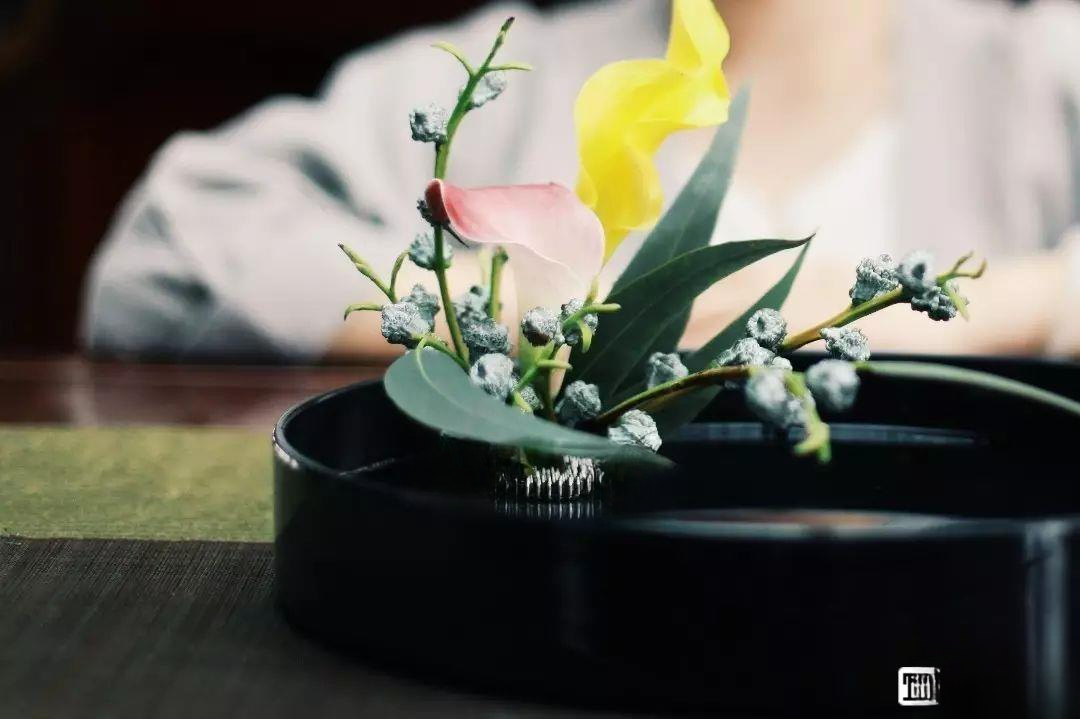
[Use of Jianshan]
High weight and small size are the main features of Jianshan, which can make the base of the flower arrangement look invisible due to its small size, thus highlighting the theme of flowers. Another major advantage is that the whole flower arrangement is not easy to tip over due to its low center of gravity, so a good Jianshan takes stability into consideration, and therefore has weight requirements.
How to release water
Before arranging flowers, place the sword mountain in a vase, add water until the needles of the sword mountain are covered, and then insert the flower branches on the sword mountain so that the flower branches can absorb water.
If there is less water, add water to the vase. This way the flowers can absorb water better than those inserted in floral mud, and the flower branches can stay fresh longer.
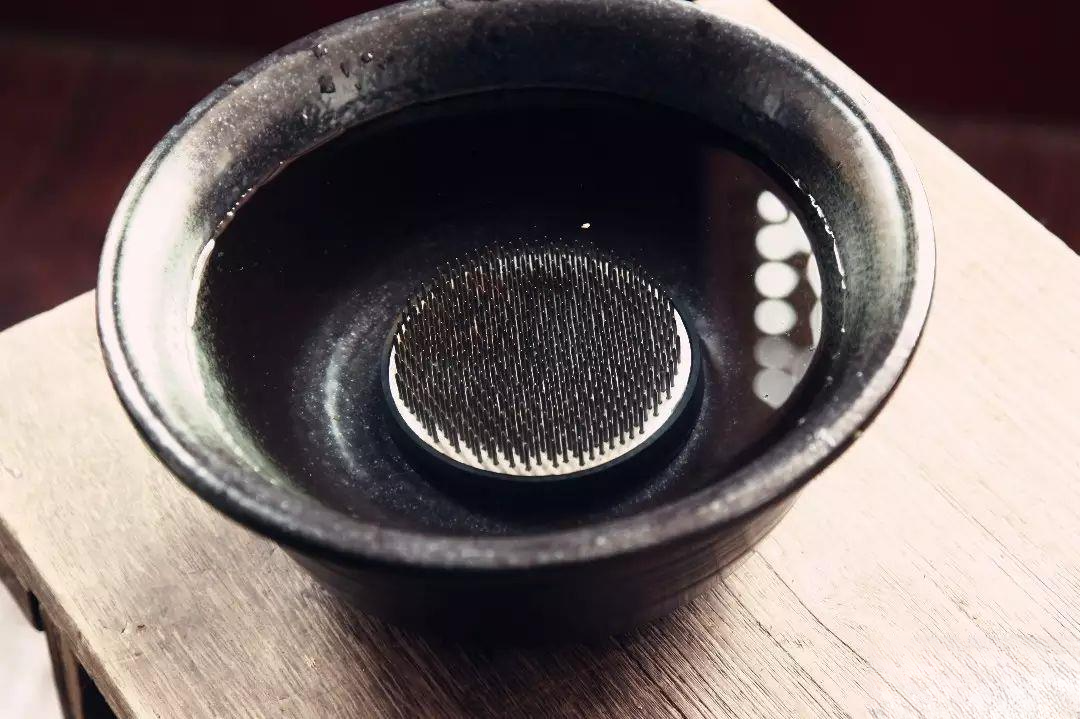
Treatment of wood branches
First cut the branch diagonally, then cut a "cross" on the branch, and insert it diagonally into the sword mountain so it will be firmly inserted.
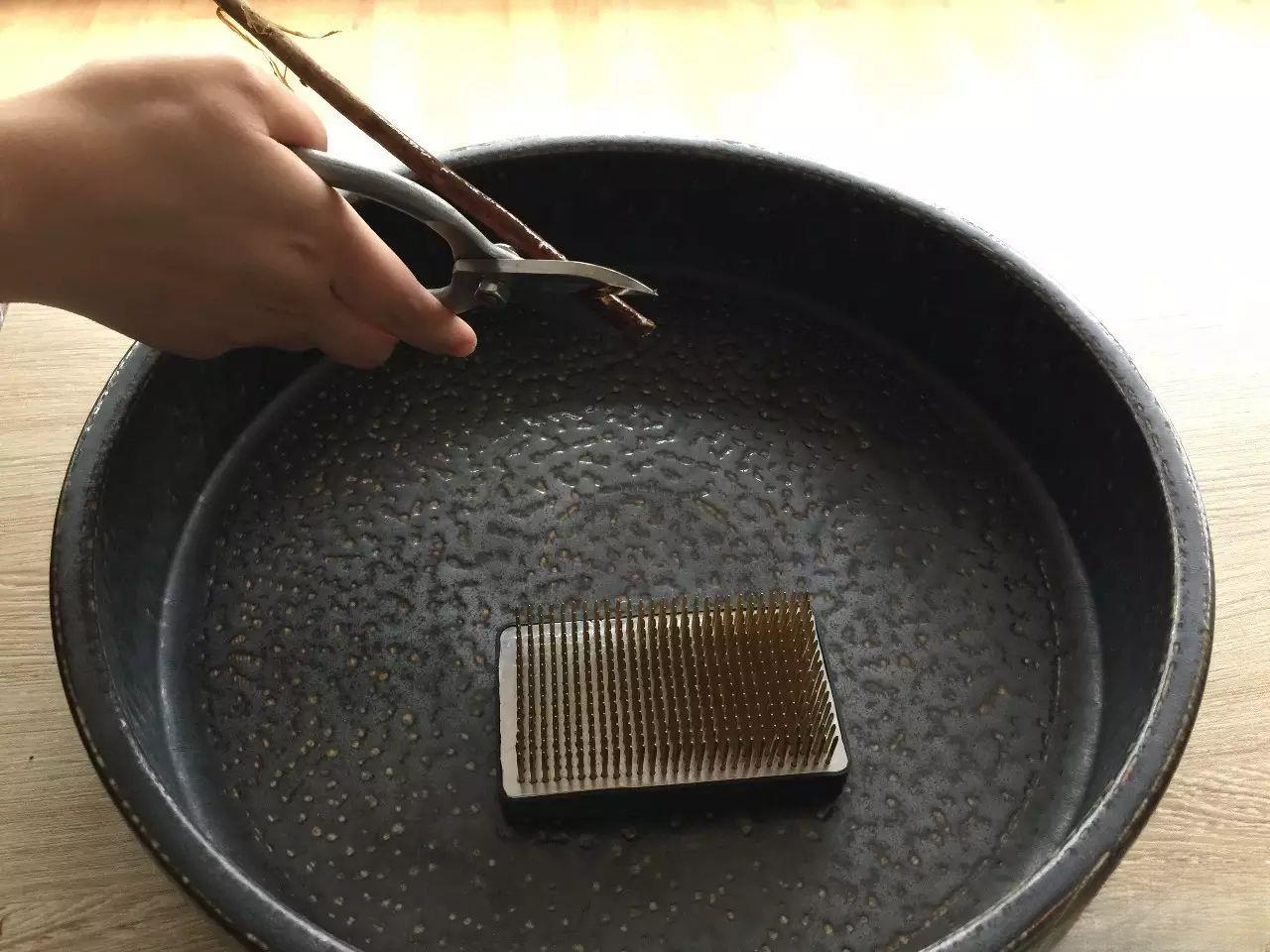
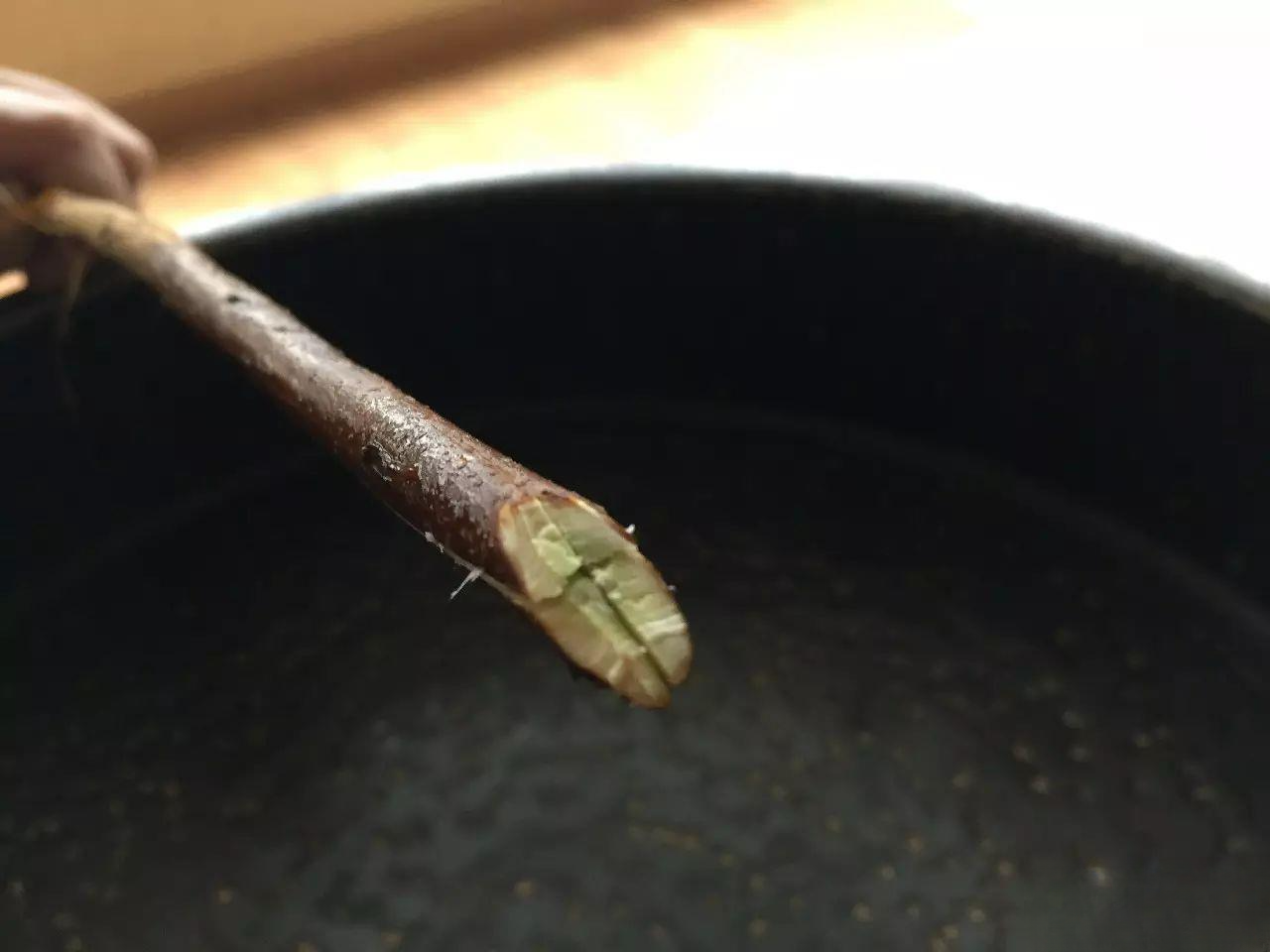

References: Origin of Jianshan; Xie Ming
Image: Margaux
Editor-in-charge: Wang Yao
